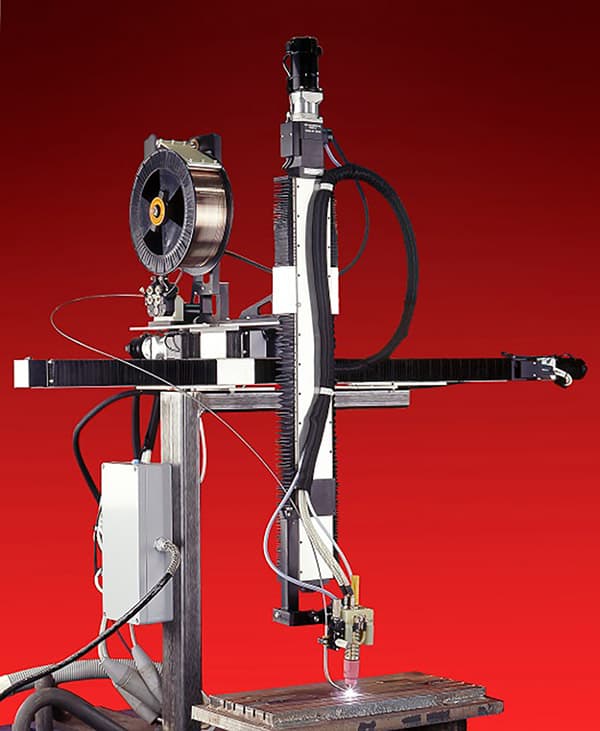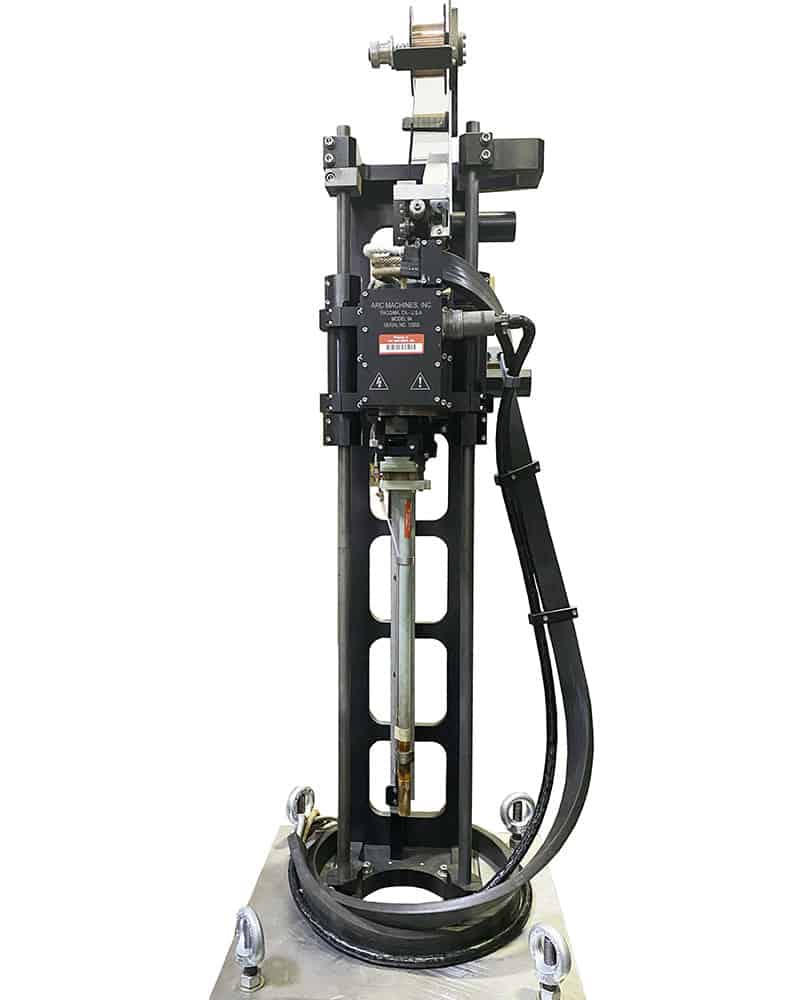When working on a piping project, simple solutions are key. Take, for example, the important process of protecting pipes. Corrosion presents a serious threat to a piping system’s longevity as it leads to metallic breakdown and separation. To mitigate this undesirable outcome, manufacturers can either opt for a corrosion-resistant material such as stainless steel or perform a weld overlay procedure.
However, manufacturers are often prohibited from utilizing stainless steel in piping systems due to strength and cost considerations. This can leave piping systems susceptible to oxidation and other problematic environmental factors. In these cases, a weld overlay procedure or cladding can offer the simplest method to raise the pipe surface properties to an appropriate level of corrosive resistance.



